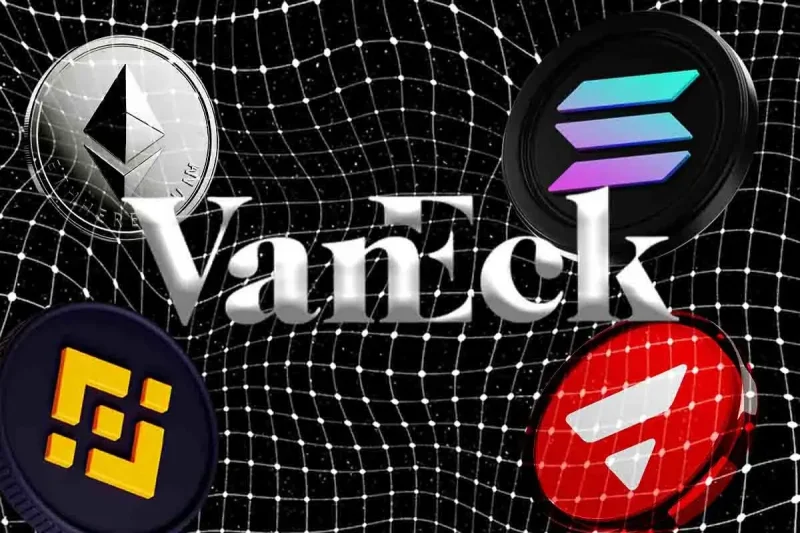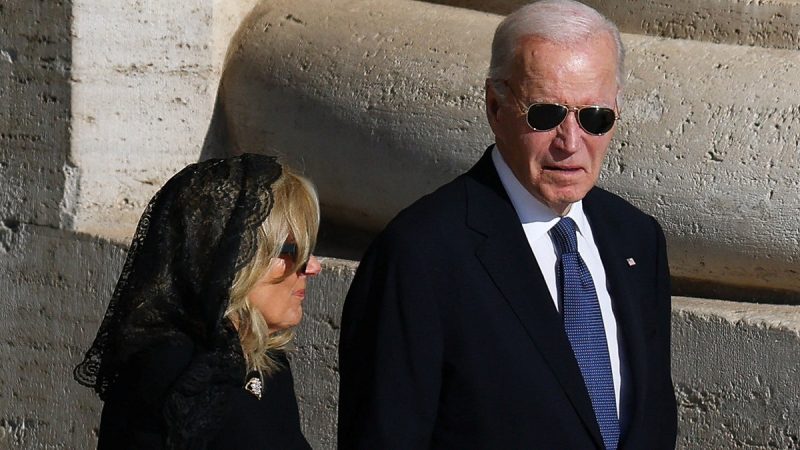Uzbekistan Launches HUMO Token Pilot, Ties Digital Currency to Sovereign Bondschain


Backed by the Uzbekistani sum and backed by sovereign bonds, HUMO is a state-sponsored digital currency for which Uzbekistan has started a pilot project. The project indicates a major shift in the country’s overall strategy to digitize its economy and use blockchain for honest and inexpensive financial services.
HUMO: A Sovereign-Pegged Digital Currency Anchoring Blockchain Innovation
Providing a rare example of a digital asset intended for price stability rather than speculation, the HUMO token is backed by government-issued bonds and pegged at a 1:1,000 rate to the national currency (UZS). One of the main obstacles in classic crypto adoption for state-level use cases is, and thus this design aims to reduce variability.
The pilot is being rolled out in full compliance with Uzbekistan’s evolving regulatory framework for digital assets.
HUMO Payment System Serves as Launchpad
At the core of the initiative is the HUMO payment network, a national system serving more than 35 million cardholders and deeply integrated into the banking and retail ecosystems of Uzbekistan. Its infrastructure and existing user base make it a strategic foundation for onboarding digital assets at scale.
The government’s wager is obvious: digital currencies linked to recognizable systems might speed up public acceptance and change regular payments.
Technical Foundation: Institutional Builders’ Multi-Chain Deployment
Local Web3 company Asterium is leading the charge for development, while Broxus is the blockchain infrastructure provider behind TON-based products. Supporting both EVM and TVM settings, the HUMO token’s TVM layer is based on the Tycho protocol by Broxus.
Engineered for high-throughput, low-cost transactions, Tycho is a technical requirement for scaling to government-grade uses including social payments, tax automation, or utility services.
Use Cases: Instant Payments, Reduced Costs, and Public-Sector Efficiency
Key goals of the pilot include:
- Enabling instant, low-fee digital payments within the HUMO network.
- Increasing transparency via public ledger auditability.
- Curtailing informal cash flows through verifiable digital rails.
According to Alexey Maksimov, Chairman of HUMO, this marks a foundational step in Uzbekistan’s digital transition: “It’s about building a foundation for the digital economy.”
Asterium CEO Komilkhuzha Sultonov highlighted the user-centric approach: “We want to integrate blockchain without changing user habits — simple, seamless, familiar.”
Broxus founder Sergey Shashev emphasized the scalability imperative: “This isn’t just tech for tech’s sake. We’re focused on infrastructure that works under real government conditions.”
Outlook: Building the Rails for Uzbekistan’s Digital Future
If successful, HUMO could evolve into more than a token. Its infrastructure may power e-government services, support programmable cash flows for public programs, and offer a model for other emerging markets exploring sovereign-grade blockchain adoption.
The pilot adds Uzbekistan to a growing list of countries testing asset-backed digital currencies as a bridge between traditional finance and Web3 infrastructure with a focus on utility, stability, and trust.
The post Uzbekistan Launches HUMO Token Pilot, Ties Digital Currency to Sovereign Bondschain appeared first on CoinGape.







